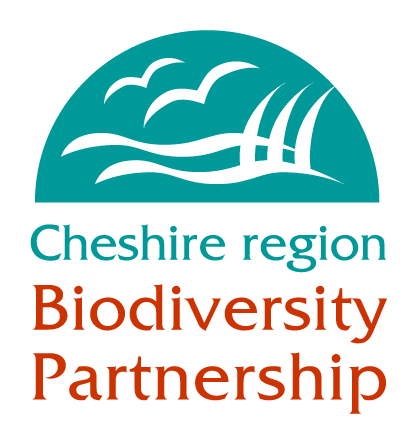SMALL EGGAR (ERIOGASTER LANESTRIS L.)
LOCAL BIODIVERSITY ACTION PLAN
Links to associated HAPs
Ancient and/or species-rich Hedgerows
Current Status
This once common moth is a declining and very local species nowadays, occurring in widely scattered colonies throughout England as far North as Yorkshire and Westmorland.
Nationally common at the turn of the century this species has declined countrywide in recent years, now being absent from North Wales and South-East Scotland. The wholesale destruction and indiscriminate trimming of hedgerows on which it relies for its foodplants (hawthorn and blackthorn) combined with the pollution caused by motor vehicles and the drift from agricultural insecticides, have all contributed to the serious decline of this hedgerow species.
Threats
- Habitats loss - Removal of hedgerows.
- Flail cutting of hedgerows.
- Non-rotational cutting of hedgerows.
- Pollution contaminants from traffic.
- Drift from spray application of farm insecticides and herbicides.
- Reduced, or removal of, headlands in farm fields.
How are we helping to conserve the Small Eggar in the Cheshire region?
- Large quantities of data are being collected on all species of moths.
- Records are collated by the County Recorder (Shane Farrell) for input to the rECOrd database.
- Ongoing monitoring at key sites.
Objectives, Targets and Actions
OBJECTIVES |
LOCAL TARGETS |
To establish a baseline study of the population and conservation status of the small eggar in the Cheshire region and to address the animal's requirements and problems whilst attempting to reverse its decline. |
Targets awaited |
ACTIONS REQUIRED |
-
Expand the Lepidoptera LBAP Group to include moths
-
Co-ordinate and collate the records of all lepidoptera workers with the county to produce a timelined database of information from which distribution maps can be produced and potential population expansions and contractions can be illustrated.
-
Systematic surveys, particularly in the areas in which small eggar was last recorded, to define potential current population numbers of small eggar within the region.
-
Identify precise habitat and ecological requirements and attempt to determine actual reasons for decline.
-
Experiment with larvae to indicate foodplant preference, preferably with local animals. The results to feed into hedgerow planting schemes.
-
Encouragement of hedgerow replacement schemes and discouragement of hedgerow extraction.
-
Investigation into the insect's reaction to foliage contaminants with organic pollutants and roadwash along with insecticide and herbicidal sprays and Bacillus thuringiensis.
-
Raise awareness of the importance of both the small eggar and other declining or scarce moths and their reliance on particular habitats associated with older, traditional farming methods.
-
|
Progress so far
| 1997 - 2006 Action Completed |
- Due to lack of funds and no project officer, no work has been undertaken.
|
How to find out more about the Small Eggar
UK Moths website - http://ukmoths.org.uk/show.php?bf=1633
Contact details
References & Glossary
Emmet, A.M. & Heath, J. (1991): The Moths and Butterflies of Great Britain and Ireland - Volume 7, Part 2, Harley Books.
Harrison, F & Sterling, M.J. (1986): Butterflies and Moths of Derbyshire - Part 2, Derbyshire Entomological Society.
Heath, J. (1974): A Century of Change in the Lepidopters, In - Hawksworth, D.L. (ed), The changing flora and fauna of Britain, Systematic Association Special, Volume 6: 275-292.
Meyrick, Edward (1895): A Handbook of British Lepidoptera, Macmillan & Co.
Porter, J. (1997): The Colour Identification Guide to Caterpillars of the British Isles, Viking Press.
Riley, Adrian M. (1991): A Natural History of the Butterflies and Moths of Shropshire, Swan Hill Press.
Riley, Norman (1944): Some British Moths, Penguin Books Ltd.
Shirt, D.B. (1987): British Red Data Books: 2 Insects, Nature Conservancy Council.
Skinner, B. (1984): Colour Identification Guide to Moths of the British Isles, Viking Press.
Smith, S. Gordon (1948): Cheshire, Flintshire, Denbighshire, Caernavonshire, Angelsey and Merionethshire, Proceedings of the Chester Society of Natural Science, Literature & Art.
South, Richard (1908 - Reprint 1977): The Moths of the British Isles - Series II, Frederick Warne & Co., Ltd.
Stokoe, W.J. & Stovin, G.H.T. (1948): The caterpillars of British Moths including the Eggs, Chrysalids and Foodplants, Frederick Warne & Co., Ltd.

